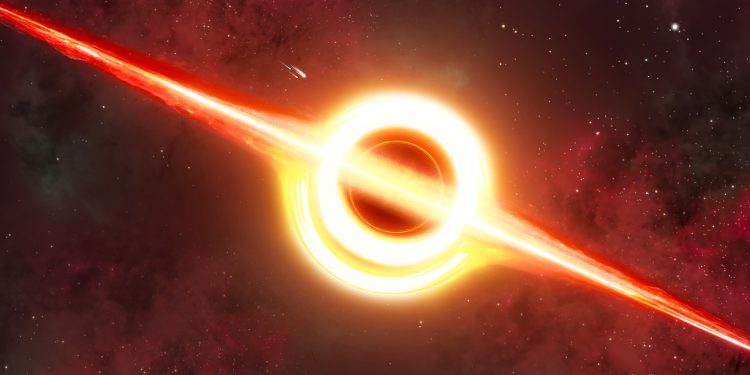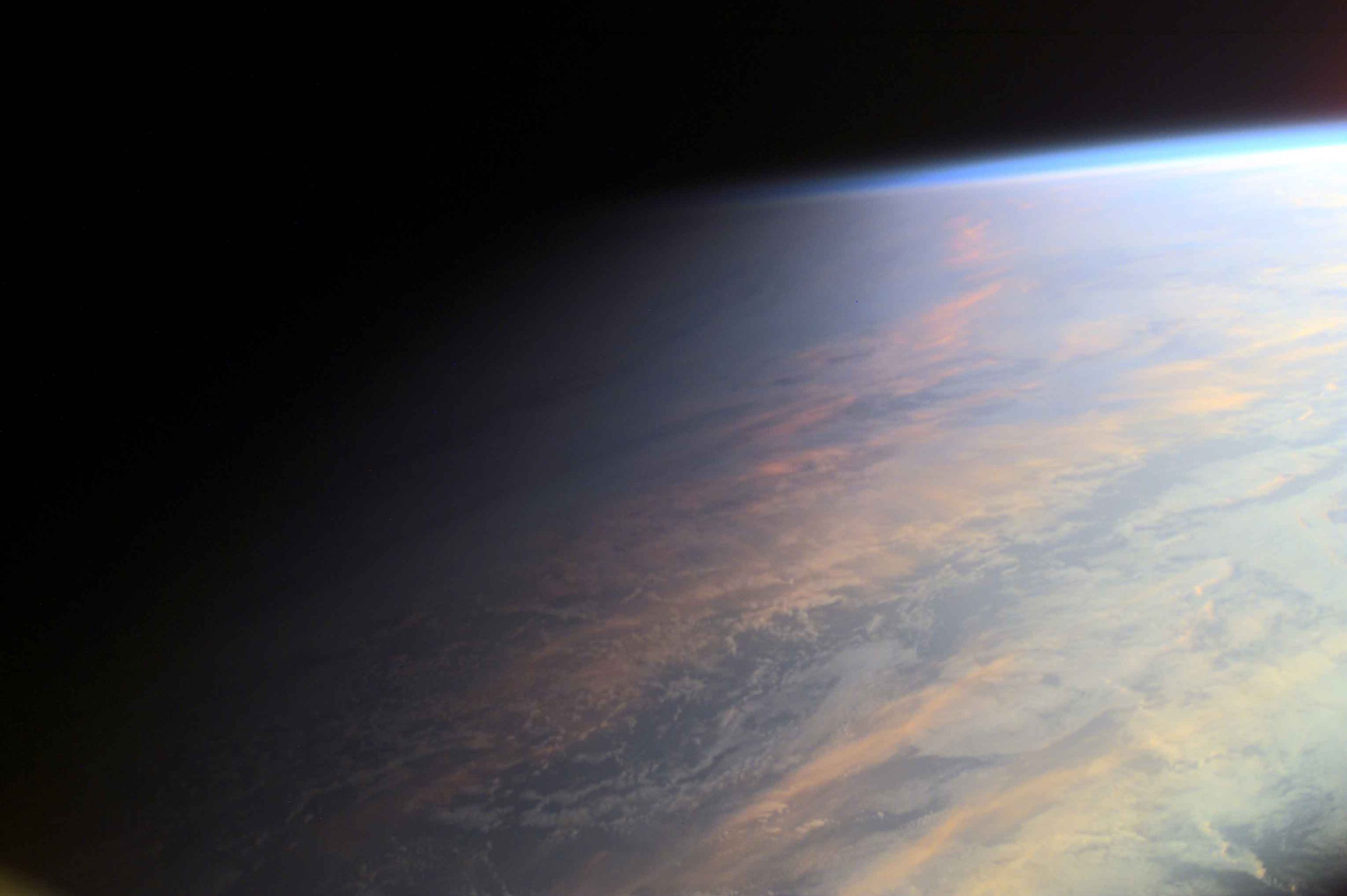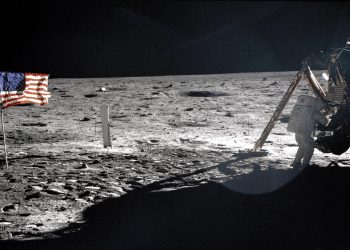For the first time, scientists have simulated the immense particle jets spewed by supermassive black holes using a laboratory-based experiment that could help solve one of astrophysics’ biggest mysteries. By firing beams of protons into plasma and magnetic fields, researchers have been able to replicate the physics behind these jets—offering new insight into the processes that drive quasars and other black holes across the universe.
The Birthplace of Cosmic Jets: A Quasar’s Heart
Imagine the scene: a supermassive black hole, millions or even billions of times the mass of our Sun, devouring matter from its surroundings in a violent, swirling vortex of gas and plasma. This plasma, stripped of its electrons, is drawn toward the black hole’s event horizon, but not all of it is consumed. Instead, some of this material is expelled in relativistic jets—thin streams of high-energy particles that blast away from the black hole at nearly the speed of light, stretching for thousands of light-years.
What causes these massive jets to form has long baffled scientists. Now, researchers at the Princeton Plasma Physics Laboratory (PPPL) in New Jersey may have found the answer using an innovative approach called proton radiography.
Replicating the Unthinkable: Black Hole Jets in the Lab
Led by Will Fox, the team at PPPL created a high-energy plasma by firing an intense 20-joule laser at a plastic target. They then used this plasma to recreate the complex interactions between magnetic fields and expanding plasma, which are thought to power black hole jets. By measuring how plasma slams against magnetic field lines and creates a sort of cosmic “tug-of-war,” the researchers could observe magneto-Rayleigh-Taylor instabilities—a phenomenon that produces turbulence in the magnetic field, causing the plasma to form swirling shapes.
What’s remarkable about this experiment is that it allowed researchers to directly observe these magnetic instabilities in real time. As the plasma pushed against the magnetic field, the field lines eventually snapped back, compressing the plasma into a narrow, straight column—just like the jets observed around quasars.
A Huge Leap Forward in Understanding Black Holes
The experiment provides a missing piece of the puzzle for how black holes form and direct these immense particle jets. Sophia Malko, another lead researcher, explained, “We were finally able to observe the instabilities long suspected to occur when plasma interacts with magnetic fields. This opens up a new chapter in our understanding of how these jets form.”
This observation could explain why black hole jets maintain their narrow structure as they shoot through space. In black holes’ accretion disks—the swirling rings of gas that feed the black hole—the plasma becomes so intense that it can push back against the magnetic field lines. When the lines snap back, they channel the plasma into a narrow beam, almost like a cosmic slingshot.
What Does This Mean for Astrophysics?
With these detailed measurements, scientists now have the data they need to improve models of astrophysical jets, which could help solve mysteries about the behavior of active black holes across the universe. This breakthrough might also provide clues to why some black holes exhibit jets while others remain quiet.
Malko summed up the excitement, “It’s fascinating that we can create in the lab something that usually only happens in the most extreme environments of space. The potential for future discoveries is huge.”











